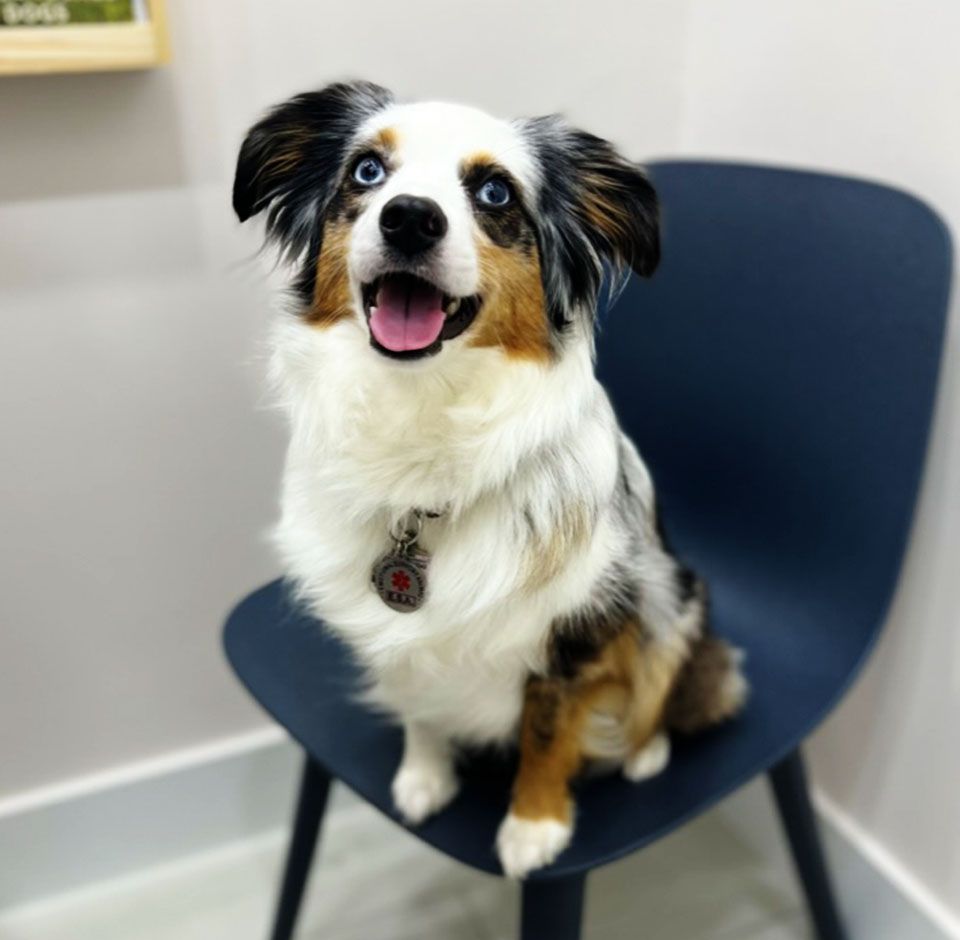
Reasons for Microchipping a Pet:
Microchips can assist in reuniting a lost animal with its owner.
They can save animal shelters from unnecessary boarding expenses.
A microchip provides a permanent method of identifying your pet, even if their collar is removed.
Some countries require a microchip and vaccination record cross-reference before allowing an animal to enter.
Microchips can help determine the legal owner of a pet in cases of disputed ownership.
What Does Microchipping Involve?
The microchip implantation process is a simple and fast procedure that is not too painful for your pet. It is typically done during a vaccination series since the sensation is similar to getting a shot. The microchip is small, about the size of a grain of rice, and is injected under your pet's skin using a needle and syringe. The most common injection site is between the shoulder blades, and the procedure does not require any anesthesia. Although the microchip can move from the initial injection site, trained technicians will scan your pet's entire body to check for microchip identification.



